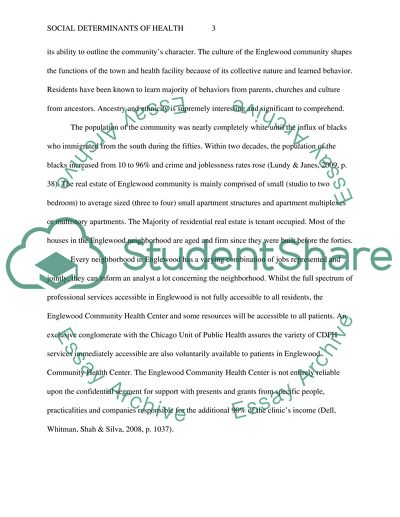Cite this document
(“Social Determinants of Health: Englewood community Research Paper”, n.d.)
Retrieved from https://studentshare.org/nursing/1394828-social-determinants-of-health-englewood-community
Retrieved from https://studentshare.org/nursing/1394828-social-determinants-of-health-englewood-community
(Social Determinants of Health: Englewood Community Research Paper)
https://studentshare.org/nursing/1394828-social-determinants-of-health-englewood-community.
https://studentshare.org/nursing/1394828-social-determinants-of-health-englewood-community.
“Social Determinants of Health: Englewood Community Research Paper”, n.d. https://studentshare.org/nursing/1394828-social-determinants-of-health-englewood-community.


